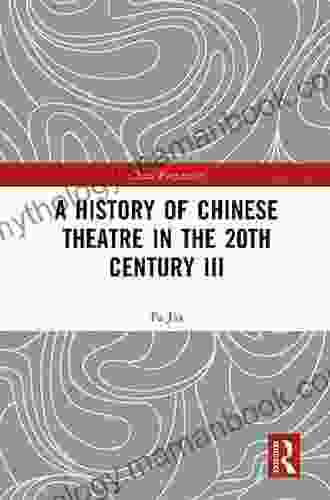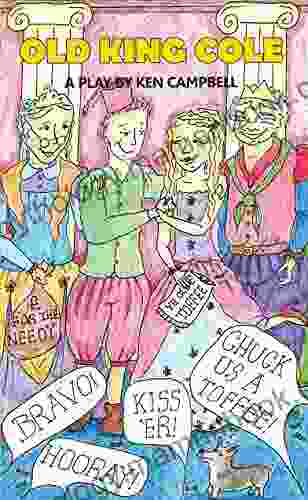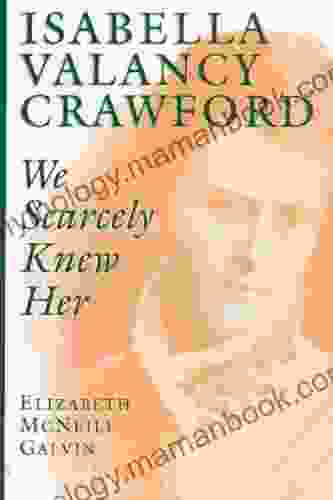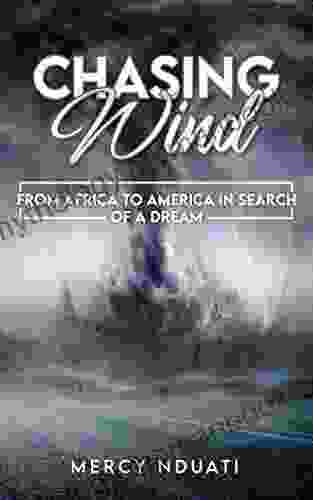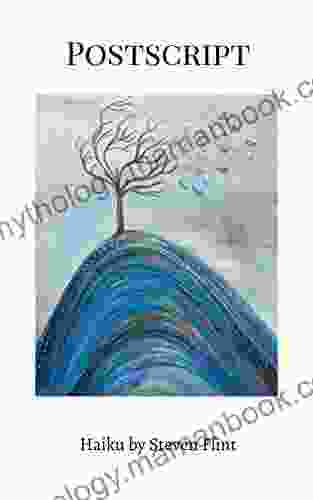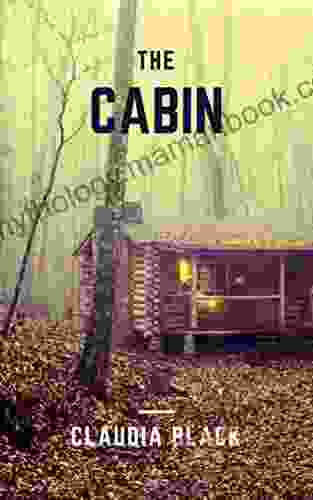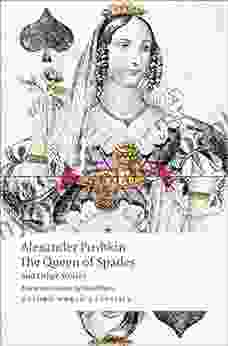The Evolving Landscape of Chinese Theatre in the 20th Century: A Comprehensive Overview

The 20th century marked a period of profound transformation for Chinese theatre, as it navigated sociopolitical upheavals, artistic innovation, and profound changes in its cultural landscape. This article delves into the intricate history of Chinese theatre during this tumultuous era, exploring its key developments, influential figures, and enduring impact.
5 out of 5
| Language | : | English |
| File size | : | 3106 KB |
| Text-to-Speech | : | Enabled |
| Screen Reader | : | Supported |
| Enhanced typesetting | : | Enabled |
| Word Wise | : | Enabled |
| Print length | : | 316 pages |
| Paperback | : | 128 pages |
| Item Weight | : | 11.8 ounces |
| Dimensions | : | 4.09 x 1.24 x 6.18 inches |
| Hardcover | : | 656 pages |
| Mass Market Paperback | : | 272 pages |
| Lexile measure | : | 1100L |
1. The Early 20th Century: Innovation and Adaptation
The early decades of the 20th century witnessed the rise of modern Chinese theatre as a distinct form. Inspired by Western influences and a growing sense of nationalism, playwrights and directors experimented with new techniques and adaptations of traditional genres.
1.1. Mei Lanfang and the Peking Opera
Mei Lanfang, a renowned Peking opera performer, became a global icon of Chinese theatre. His groundbreaking innovations in female impersonation techniques, elegant stagecraft, and incorporation of Western theatrical elements revolutionized the traditional art form.
1.2. The Shanghai Theatre Movement
Emerging in the 1920s, the Shanghai Theatre Movement was a vibrant hub of experimental theatre. Playwrights such as Tian Han and Ou Yang Yuqian created plays that addressed social and political issues, pushing the boundaries of Chinese dramatic expression.
2. The War Years and Political Theatre
The Sino-Japanese War and the subsequent Chinese Civil War had a profound impact on Chinese theatre. Professional troupes struggled to survive, while political theatre emerged as a powerful tool to inspire resistance and mobilize the masses.
2.1. The United Front Troupes
During the Sino-Japanese War, the Communist Party established United Front troupes that performed plays with patriotic themes in war zones. These troupes played a crucial role in boosting morale and promoting resistance against the Japanese invaders.
2.2. The Yan'an Forum on Literature and Art
In 1942, the Communist Party organized the Yan'an Forum on Literature and Art, which established the official artistic principles for revolutionary theatre in China. It emphasized the importance of serving the people and reflecting the realities of society.
3. The People's Republic of China: Socialist Realism and Cultural Revolution
After the establishment of the People's Republic of China in 1949, theatre was subjected to strict ideological control. Socialist Realism became the dominant style, focused on depicting idealized characters and themes that promoted the socialist revolution.
3.1. The Central Theatre Company
Established in 1952, the Central Theatre Company became the flagship theatre ensemble of the People's Republic. It produced plays that celebrated the Communist Party and Chinese history, adhering to the principles of Socialist Realism.
3.2. The Cultural Revolution
The Cultural Revolution (1966-1976) had a devastating impact on Chinese theatre. Most traditional theatre forms were banned, and only a few select "model operas" approved by the government could be performed. The suppression of artistic freedom stifled creativity and left a lasting scar on the Chinese theatre landscape.
4. The Reform Era and the Reemergence of Diversity
After the death of Mao Zedong and the end of the Cultural Revolution, Chinese theatre experienced a gradual revitalization. The government loosened ideological control, allowing for greater artistic freedom and the emergence of diverse theatrical styles.
4.1. Experimental Theatre
Young playwrights and directors pushed the boundaries of Chinese theatre, experimenting with new forms, styles, and themes. Independent theatre companies emerged, providing a platform for these innovative works.
4.2. Western Influences and Global Exchange
Chinese theatre entered a period of intense global exchange, with Chinese artists traveling abroad and foreign theatre companies visiting China. This interaction exposed Chinese audiences to new theatrical traditions and inspired cross-cultural collaborations.
5. Contemporary Chinese Theatre: Innovation and Inclusivity
Contemporary Chinese theatre continues to evolve, embracing cutting-edge technologies and exploring new forms of storytelling. Inclusivity and diversity have become increasingly important, with a focus on representing different voices and perspectives.
5.1. Digital Technology and Immersive Theatre
Chinese theatre has incorporated digital technology and immersive experiences, creating new ways to engage audiences. Virtual reality and augmented reality are being used to create immersive theatrical environments.
5.2. Chinese Opera's Global Influence
Chinese opera, notably Peking opera, has gained recognition on the global stage. Contemporary Chinese opera productions fuse traditional elements with innovative interpretations, captivating international audiences.
The history of Chinese theatre in the 20th century is a rich and multifaceted tapestry of artistic innovation, political struggles, and cultural transformation. From the groundbreaking reforms of Mei Lanfang to the challenges of the Cultural Revolution and the resurgence of diversity in the Reform Era, Chinese theatre has continuously evolved, reflecting the complex sociopolitical and cultural landscape of China. Today, Chinese theatre artists continue to push boundaries, explore new forms of expression, and captivate audiences worldwide. Its enduring legacy as a vital part of Chinese culture ensures its continued relevance and significance in the 21st century.
5 out of 5
| Language | : | English |
| File size | : | 3106 KB |
| Text-to-Speech | : | Enabled |
| Screen Reader | : | Supported |
| Enhanced typesetting | : | Enabled |
| Word Wise | : | Enabled |
| Print length | : | 316 pages |
| Paperback | : | 128 pages |
| Item Weight | : | 11.8 ounces |
| Dimensions | : | 4.09 x 1.24 x 6.18 inches |
| Hardcover | : | 656 pages |
| Mass Market Paperback | : | 272 pages |
| Lexile measure | : | 1100L |
Do you want to contribute by writing guest posts on this blog?
Please contact us and send us a resume of previous articles that you have written.
 Top Book
Top Book Novel
Novel Fiction
Fiction Nonfiction
Nonfiction Literature
Literature Paperback
Paperback Hardcover
Hardcover E-book
E-book Audiobook
Audiobook Bestseller
Bestseller Classic
Classic Mystery
Mystery Thriller
Thriller Romance
Romance Fantasy
Fantasy Science Fiction
Science Fiction Biography
Biography Memoir
Memoir Autobiography
Autobiography Poetry
Poetry Drama
Drama Historical Fiction
Historical Fiction Self-help
Self-help Young Adult
Young Adult Childrens Books
Childrens Books Graphic Novel
Graphic Novel Anthology
Anthology Series
Series Encyclopedia
Encyclopedia Reference
Reference Guidebook
Guidebook Textbook
Textbook Workbook
Workbook Journal
Journal Diary
Diary Manuscript
Manuscript Folio
Folio Pulp Fiction
Pulp Fiction Short Stories
Short Stories Fairy Tales
Fairy Tales Fables
Fables Mythology
Mythology Philosophy
Philosophy Religion
Religion Spirituality
Spirituality Essays
Essays Critique
Critique Commentary
Commentary Glossary
Glossary Bibliography
Bibliography Index
Index Table of Contents
Table of Contents Preface
Preface Introduction
Introduction Foreword
Foreword Afterword
Afterword Appendices
Appendices Annotations
Annotations Footnotes
Footnotes Epilogue
Epilogue Prologue
Prologue Barbara Katz
Barbara Katz Valeria Fox
Valeria Fox Kathryn Hughes
Kathryn Hughes Heather Slade
Heather Slade Aja Monet
Aja Monet Jack Higgins
Jack Higgins Michael Braun
Michael Braun Dennis Charles
Dennis Charles Liz B Taylor
Liz B Taylor Vanessa Munoz
Vanessa Munoz Rob Salkowitz
Rob Salkowitz Akhtar Mayo
Akhtar Mayo Jim Wagner
Jim Wagner Karen Hearing
Karen Hearing Joe Procopio
Joe Procopio Michelle Rousseau Suzanne Rousseau
Michelle Rousseau Suzanne Rousseau Logan King
Logan King Greg Gifford
Greg Gifford Harris Feinsod
Harris Feinsod Chris Abani
Chris Abani
Light bulbAdvertise smarter! Our strategic ad space ensures maximum exposure. Reserve your spot today!
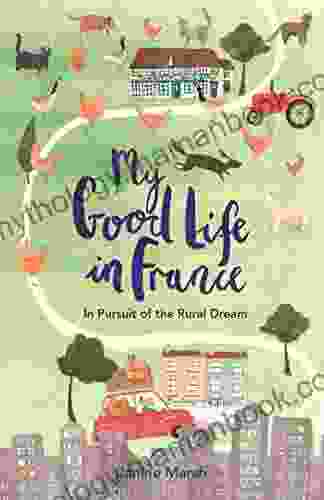
 Dustin RichardsonIn Pursuit of the Rural Dream: A Journey to Find Meaning and Connection in...
Dustin RichardsonIn Pursuit of the Rural Dream: A Journey to Find Meaning and Connection in... Kevin TurnerFollow ·15.7k
Kevin TurnerFollow ·15.7k Alex FosterFollow ·18.1k
Alex FosterFollow ·18.1k Jake CarterFollow ·11.9k
Jake CarterFollow ·11.9k Ethan GrayFollow ·11.4k
Ethan GrayFollow ·11.4k J.D. SalingerFollow ·13.9k
J.D. SalingerFollow ·13.9k Zachary CoxFollow ·12.1k
Zachary CoxFollow ·12.1k Hudson HayesFollow ·18.5k
Hudson HayesFollow ·18.5k Nathaniel PowellFollow ·6.5k
Nathaniel PowellFollow ·6.5k
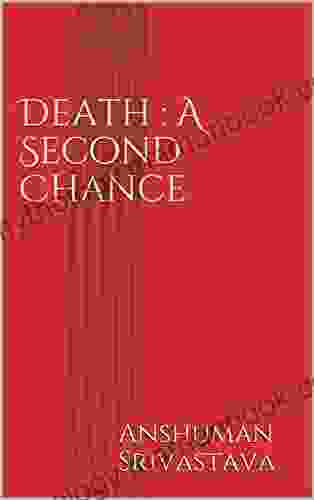
 Christopher Woods
Christopher WoodsDeath's Second Chance: The Unbelievable Story of Cris...
On July 29, 2008, Cris...
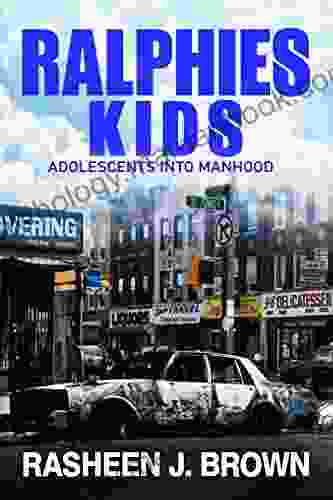
 Esteban Cox
Esteban CoxFrom Ralphie Kids to Adolescents: The Journey to Manhood
The transition from...
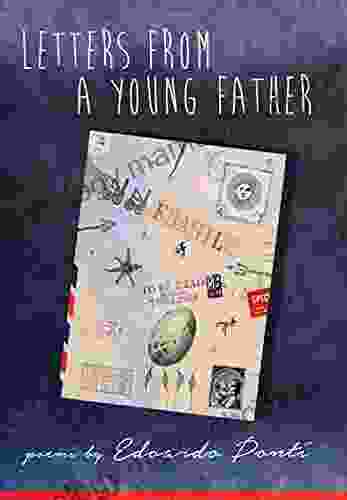
 Chris Coleman
Chris ColemanLetters From Young Father Poems: Delving into the Heart...
Fatherhood, a journey filled...
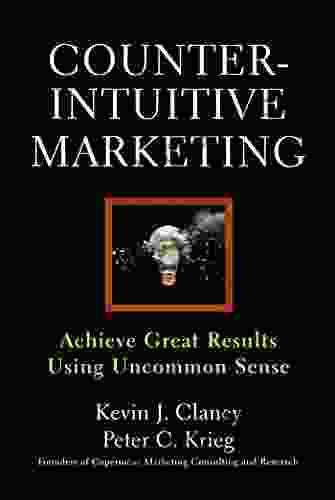
 Holden Bell
Holden BellCounterintuitive Marketing: Achieving Great Results Using...
In the ever-evolving world of...
5 out of 5
| Language | : | English |
| File size | : | 3106 KB |
| Text-to-Speech | : | Enabled |
| Screen Reader | : | Supported |
| Enhanced typesetting | : | Enabled |
| Word Wise | : | Enabled |
| Print length | : | 316 pages |
| Paperback | : | 128 pages |
| Item Weight | : | 11.8 ounces |
| Dimensions | : | 4.09 x 1.24 x 6.18 inches |
| Hardcover | : | 656 pages |
| Mass Market Paperback | : | 272 pages |
| Lexile measure | : | 1100L |


